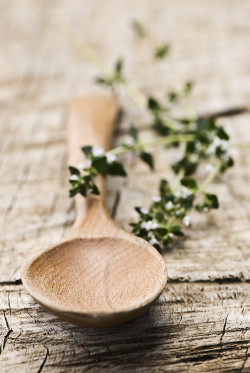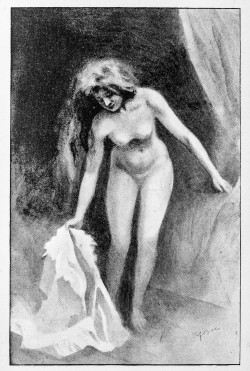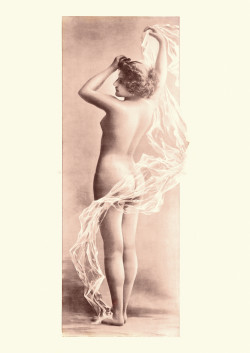I’m going to take a look over my shoulder, back into 1890 when The Compendium of Cookery and Reliable Recipes was written. As I mentioned in an earlier post, I am sharing some of the research I’ve done in order to shape the character and plot of The Road Home and The Garden Promise.

While this cookbook covers every imaginable type of food preparation known at the time it was written, it includes other topics for homemakers as they cobble their lives into pleasant existences, encouraging women to make the most of their circumstances no matter what they are.
There’s a section on “How to be Handsome.” And as you can imagine, the authors, Mrs. E. C. Blakeslee of Chicago, Miss Emma Leslie of Philadelphia, and Dr. S.H. Hughes of Boston, weren’t referring to how a man might keep himself attractive. It was the housewives they were speaking to.
“… the power of beauty has controlled the fate of dynasties and the lives of men. How to be beautiful, and consequently powerful, is a question of far greater importance to the feminine mind than predestination or any other abstract subject.” (Page 299)
I suppose this perspective explains the need to actually address a woman’s appearance in a book mostly devoted to caring for one’s home. As I first read this section I was surprised to find that the authors suggest “The first step to good looks is good health, and the first clement of health is cleanliness.” (Page 299)
Cleanliness! As germ theory was further developing, the idea that bodies needed to be fresh became more and more important. “Keep clean—wash freely, bathe regularly.” (Page 299)

I know that women have always taken care with their appearance, but I knew that “life circumstances,” like no running water, spare wardrobes, lack of money, no feminine products might have kept women from keeping “clean” as we think of it today. I had also been under the assumption that people bathed less—years less over a lifetime less—than we do. This then had me primed for surprise to see that this cookbook included instructions on how to bathe and its importance. “It is well to use a flesh-brush, and afterwards rinse off the soap-suds by briskly rubbing the body with a pair of coarse toilet gloves. The most important part of a bath is the drying. Every part of the body should be rubbed to a glowing redness, using a coarse crash towel at the finish. If sufficient friction can not be given, a small amount of bay rum applied with the palm of the hand will be found efficacious.” (Page 299)
I thought this was all very interesting (especially the use of Bay Rum which is a type of cologne/deodorant/astringent/ made originally in St. Thomas from bay leaves and rum.) even if it seemed a bit aggressive for self-care. I assume the scrubbing to redness perhaps had to do with the relative filthiness that 19th century women contended with on a daily basis (coal heat, industrialization without any pollution controls, making every blessed thing from scratch). But then I read this sweet little, gentle bit of information and it did indeed floor me, then inspired me to include elements of this in my work… hold onto your hats, dear readers…
“Ladies who have ample leisure and who lead methodical lives take a plunge or sponge bath three times a week, and a vapor or a sun bath every day.” (Page 300) Sunbath? Vapor bath? A little time in the fresh air sounds nice, doesn’t it? A little tea on the veranda or coffee on the back porch while the servants toil in the kitchen garden… sounds reasonable, sounds like something that fits the 19th century, American way of life… but then there was this:
“To facilitate this very beneficial practice, a south or east apartment is desirable. The lady denudes herself, takes a seat near the window and takes in the warm rays of the sun. The effect is both beneficial and delightful. If, however, she be of a restless disposition, she may dance, instead of basking in the sunlight. Or if she is not fond of dancing she may improve the shining hours by taking down her hair and brushing it, suing sulphur water, pulverized borax dissolved in alcohol or some similar dressing…” (Page 300)

Naked dancing at noon, brushing hair while clothed in nothing but the midday sunrays! Prudish Victorians? My naked, sunbathing ass, they were! I love, love, love that this is in a source that I can use without worry that I’m being anachronistic. There is nothing I love more than stumbling across research that flies in the face of what we believe about a certain era or class of people.
This is what makes the work so much fun for me. So… what kind of vapor bath girl (or guy) are you? Dancing, lounging, brushing your hair, something else? I think if I’m vapor bathing I’m going all out dancing. Perhaps that’s where that quote “Dance like no one’s watching,” originated? Oh, how I love this cookbook.
